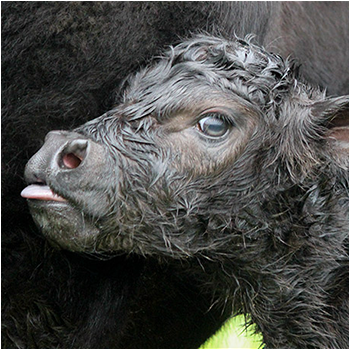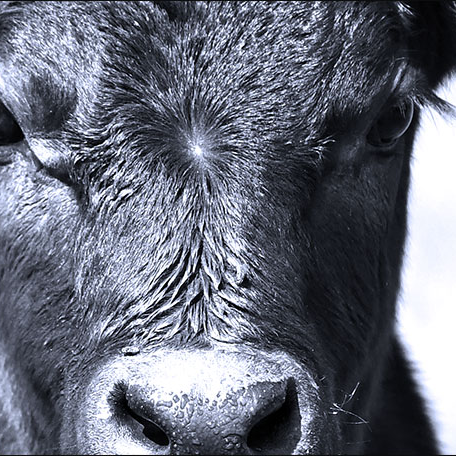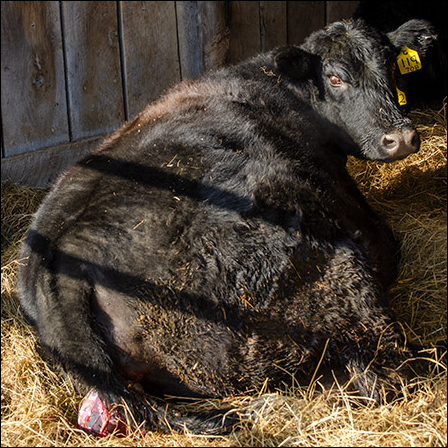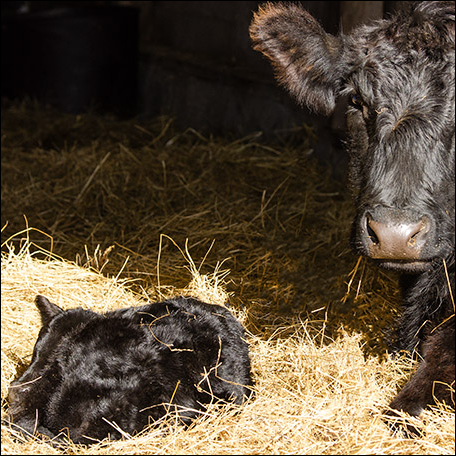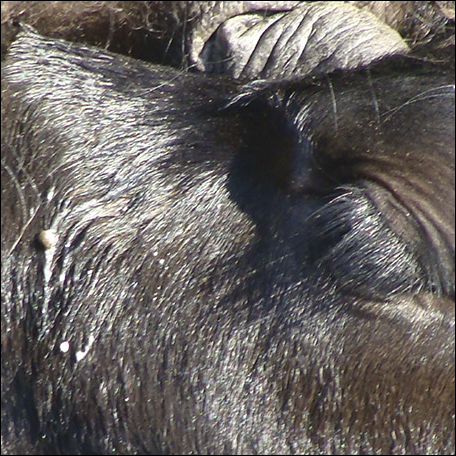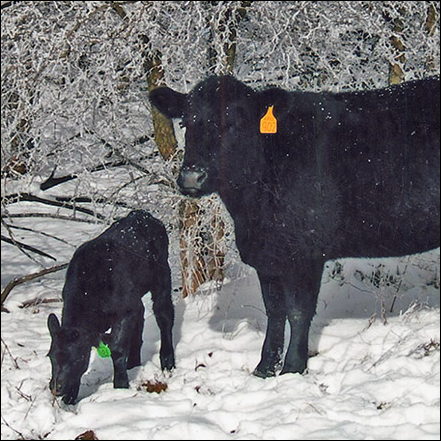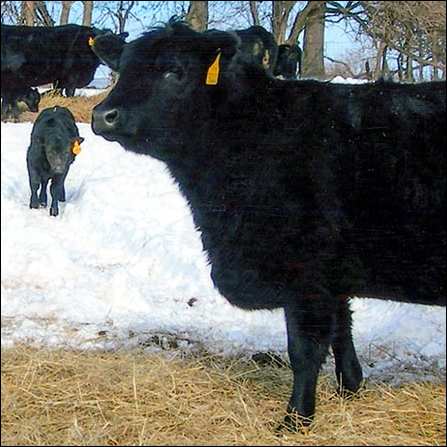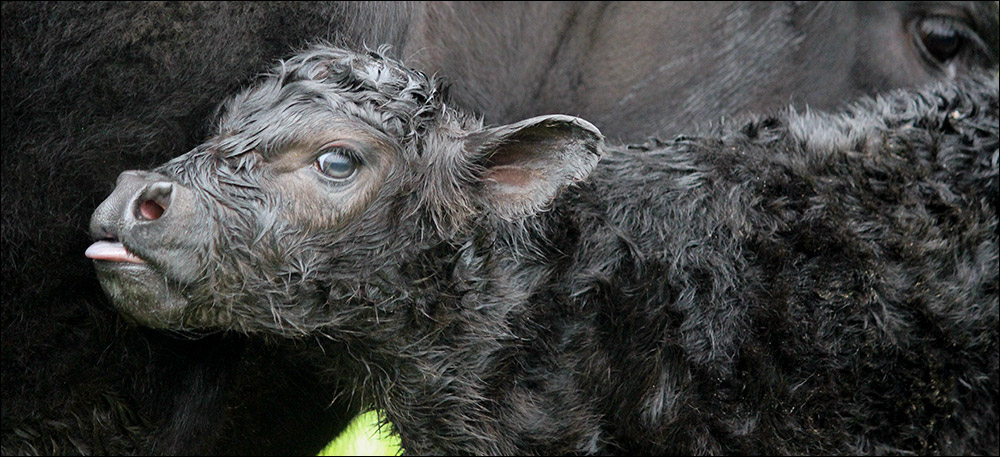
Encourage Bonding
Tips for convincing a cow to accept an adopted calf.
Bottle babies sure are cute, but a calf being raised by a cow is much preferred. There are many reasons a calf may need to be adopted. Sometimes it’s not that the calf lost its mother, only that the mother is indifferent, especially first-calf heifers. Luckily, there are a few ways to make the process easier.
When grafting a spare calf onto a cow that lost her own calf at birth, some producers skin the dead calf and tie the hide over the substitute calf. If the cow had a chance to lick and smell her dead calf before you took it away, tying its hide over the substitute calf can often trick the cow into thinking it’s hers. Because cows recognize their calves by smell, the hide of her own calf will usually make her think the newcomer is hers.
Other producers put various products on a calf to encourage the cow to lick it.
“I’ve heard of many tricks, like using molasses, or a product that smells like licorice,” says Andy Acton, a veterinarian in Alberta, Canada. “Some guys swear by certain products, and these might work in some cases. There are many old wives’ tales, but some of them work.”
“One thing that works if you are trying to foster another calf onto a cow or heifer that lost hers is a tip I learned from Dr. Joe Stookey at the Western College of Veterinary Medicine at Saskatoon, Saskatchewan. He suggests putting birth fluid over the calf,” says Acton.
The amniotic fluid that surrounds the fetus in the uterus is very salty and tangy, and cows are usually interested in smelling and licking it off their newborn calf — which starts the calf clean-up.
You can use this factor to your advantage by saving some of that amniotic fluid for emergencies.
“Have a clean towel handy, and when there’s a lot of birth fluid, soak the towel in that fluid. Put the towel in something waterproof like a plastic bag, and freeze it,” he says.
Then if you have a grafting situation later, you can thaw out that towel and rub the fluid onto the calf. This is useful if you need to foster another calf that might be several days old onto a cow that lost her own calf at birth.
“The birth fluid doesn’t have to be hers. She doesn’t know the smell of her own calf at first, until she’s bonded with it and knows its smell,” Acton says.
If you need to use this trick, remove the dead newborn before the cow or heifer has much chance to smell and lick it, and she’s more apt to think the substitute is hers, just because it smells and tastes like birth fluid.
“As long as things are healthy and clean when you collect the fluid from a calving cow or heifer, this is a great help. You can simply soak a towel or two and have them frozen and ready to grab out of the freezer. Then you can thaw one out and use it to smear up another calf if you need to foster one,” says Acton.
Editor’s note: Heather Smith Thomas is a cattlewoman and freelance writer from Salmon, Idaho. Photo by Lauren Wolter, 2020 NJAA/Angus Journal Photography Contest.
